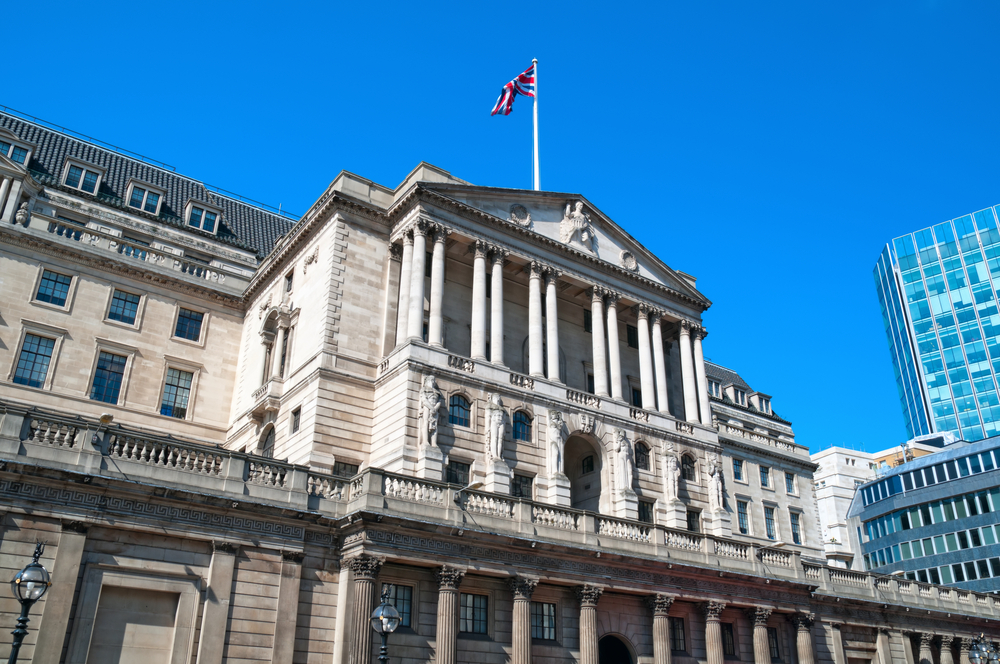
Monetary Policy & Inflation | UK

Monetary Policy & Inflation | UK
This article is only available to Macro Hive subscribers. Sign-up to receive world-class macro analysis with a daily curated newsletter, podcast, original content from award-winning researchers, cross market strategy, equity insights, trade ideas, crypto flow frameworks, academic paper summaries, explanation and analysis of market-moving events, community investor chat room, and more.
We expect the BoE to cut rates by another 25bp (to 4.75%) at this week’s meeting with a vote of 6-3 (Greene, Mann, Pill dissenting). They will also provide updated forecasts for their MPR, which will need to include a number of conflicting themes:
My base case (as set out in Table 1) is that the BoE looks through much of the budget impact, noting that hotter growth near-term will not affect the policy path and the effect further out is too uncertain to conclude either way.
I expect they will need to revise near-term forecasts more dovish overall, and despite raising long-end horizon inflation (due to lower market rates), they can probably reduce the positive skew to the outlook (keeping mean and median plots capped).
If this turns out to be the case, we would see value in receiving short-end GBP (for at least four cuts over the next 12 months), and positioning for gilts 2s10s steepening.
Assessing the changes in data and in forecasts must take into account that the MPR set out its August forecasts as a weighted probability of three “cases” (scenarios):
As such, the forecasts in August were relatively dovish, but had positive skews for growth and inflation reflecting upside tail-risk from “Scenario 3”. Chief Economist Pill and external hawk Greene have explicitly cited concerns around “Scenario 3” as justifying their hawkishness.
The probability of the scenario seems to have reduced since the August MPR. Private regular wage growth and services inflation have greatly undershot BoE expectations (Charts 1 & 2).
Meanwhile, the budget is expected (by the OBR) to drive lower pay growth ahead (Employer NIC rise) and reduced consumption spend (on crowding out), further reducing likelihood of “Scenario 3”.
However, the MPC will also have to balance the risk that the Employer NIC rise causes cost pressures passed onto consumers. That firm surveys seem sanguine on aggregate demand reduces the risk of this.
On one hand, the LFS unemployment rate has undershot MPR, but at the same time claimant count rate has risen much higher (Chart 3). LFS is less credible data, suggests that if they do revise down their unemployment rate, they will caveat that the labour market may be looser than it suggests. I expect they will take comfort from the lower wage growth and lower vacancies that the labour market is loosening.
GDP’s level has meanwhile been revised above expectation on the back of the Blue Book revisions, but growth in Q2 and (likely) Q3 has undershot BoE forecasts (Chart 4).
I expect that the path of unemployment and growth will be revised more bullish into the middle and end of the horizon on the budget impact and lower market rates.
Regardless of the numbers of the forecasts, the market should focus more on the tone of accompanying comments. There is space for the BoE to tack hawkish or dovish on this front with regards to the budget.
A hawkish outcome would be a softening of the comments around gradual loosening ahead, and indications that the budget has lowered the likelihood of the most dovish scenario. This would open the way to a slower reduction in bank rate (at least until the data/events require otherwise).
Our base case is that the budget has not greatly affected the MPC’s expectations for the near-term policy path (gradual loosening retained), and that the implications further out are too uncertain. I think there is scope for them to accept that the risks of Scenario 3 have reduced since August.
Very dovish comments would be that the budget has reduced inflation at the end or else just beyond the end of the forecasting horizon and that the probability of a “Scenario 3” has materially reduced.
I expect they will err away from too dovish comments at this stage given the large uncertainty of disinflationary effects from the spend, and the high degree of uncertainty from other contemporaneous events (US election, Middle East tensions). As such, a meeting-by-meeting approach seems most appropriate.
On the back of the above, our bias remains that the market is underpricing the extent of bank rate cuts possible over the next 12 months (just three cuts fully priced).
If the BoE comes out as we expect, this will open the path for relative outperformance in UK rates and for front-end led steepening. This is because the OBR’s expectations for deficit have been greatly driven by the assumption that the BoE will react strongly hawkishly to the budget, if this is not the case then Bank Rate can be cut more sharply and the deficit can undershoot.
As we have repeatedly noted, there is little risk-reward in attempting to pre-empt the move. If the BoE does come out as we expect, we would enter short-end receivers, retain our 10Y GBP receiver vs 10Y EUR payer, and position for gilt curve steepening.
Spring sale - Prime Membership only £3 for 3 months! Get trade ideas and macro insights now
Your subscription has been successfully canceled.
Discount Applied - Your subscription has now updated with Coupon and from next payment Discount will be applied.